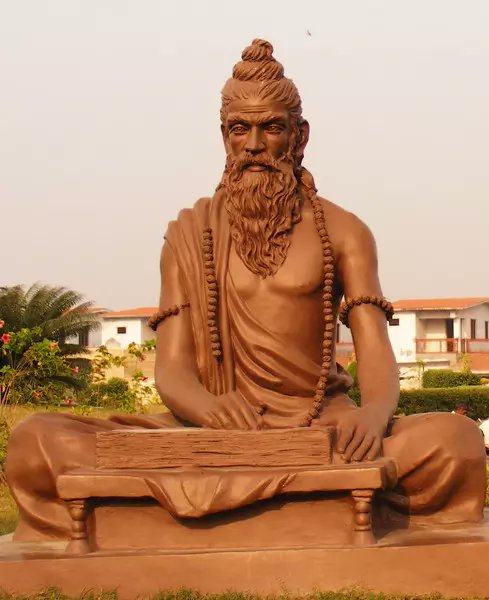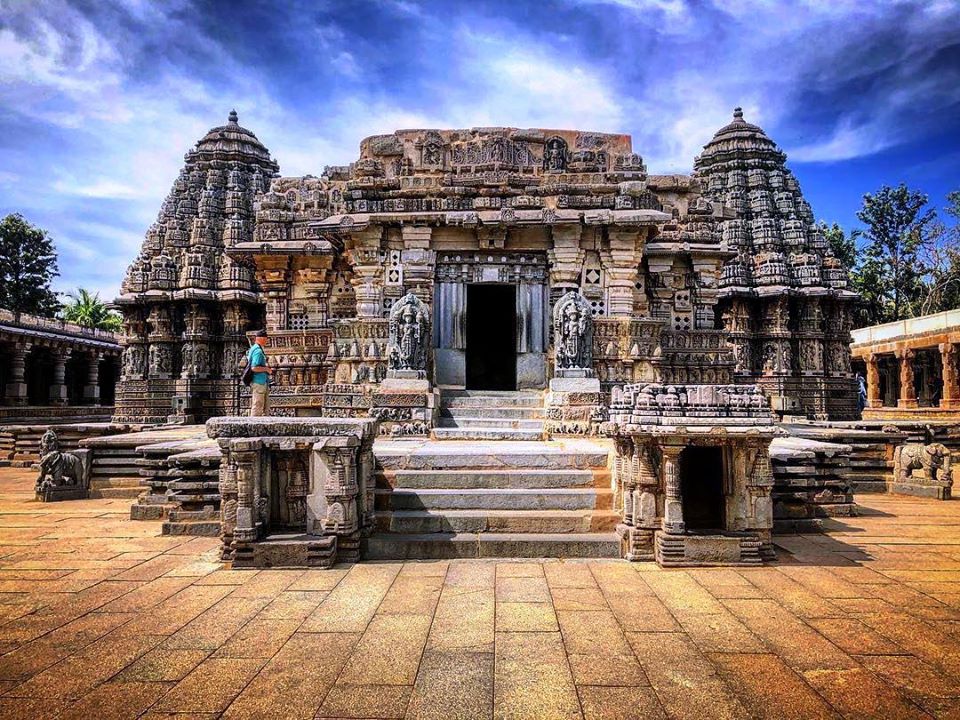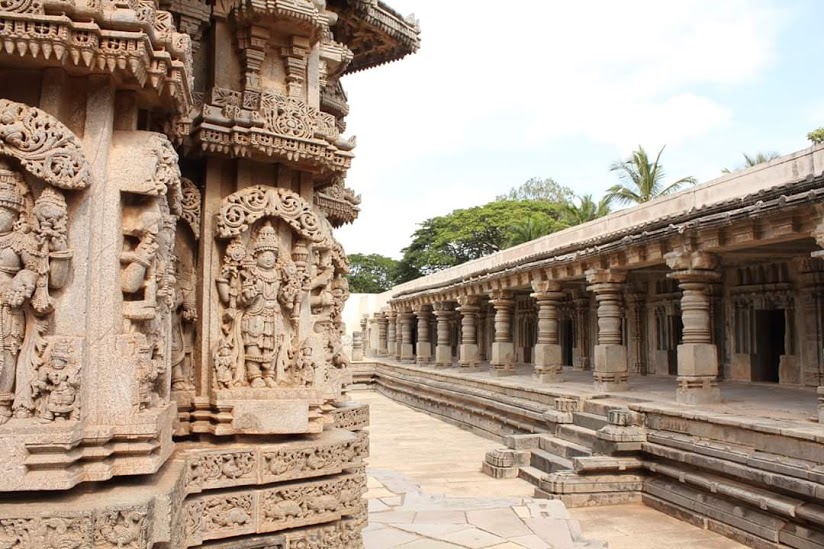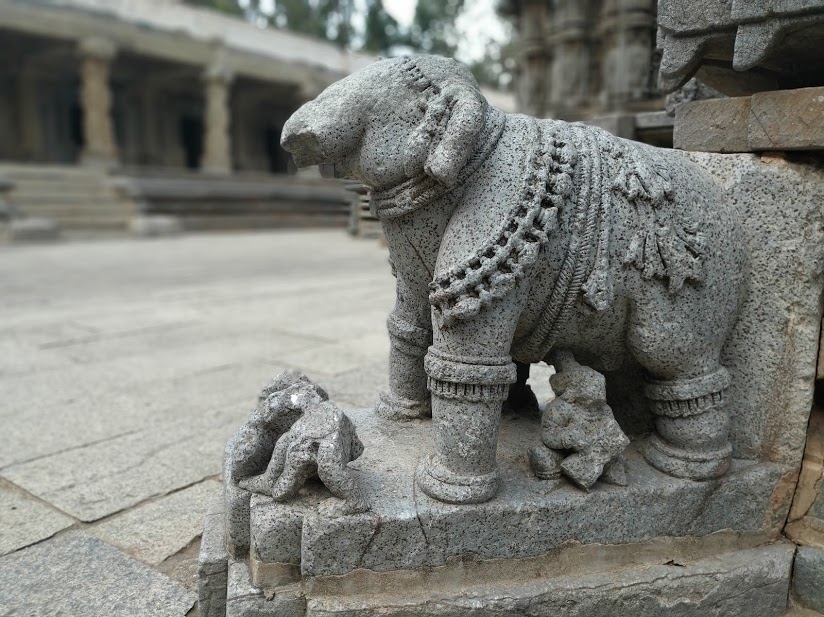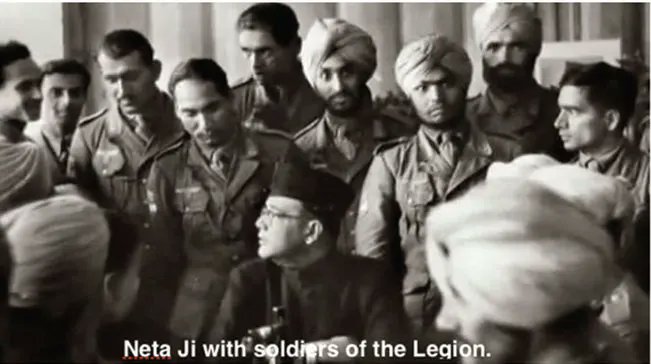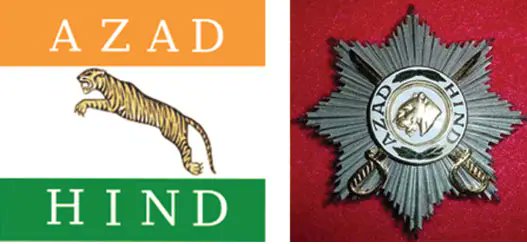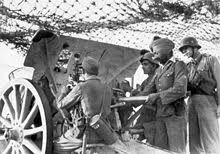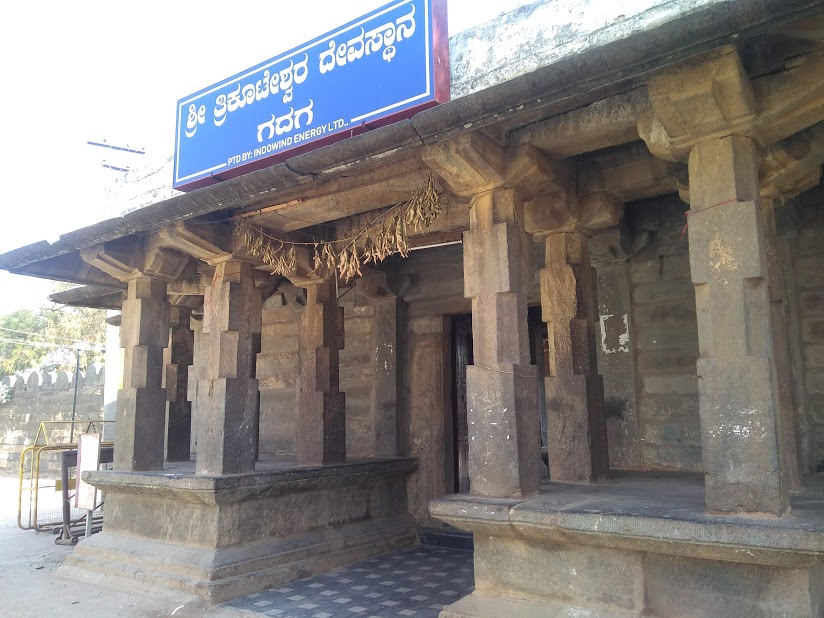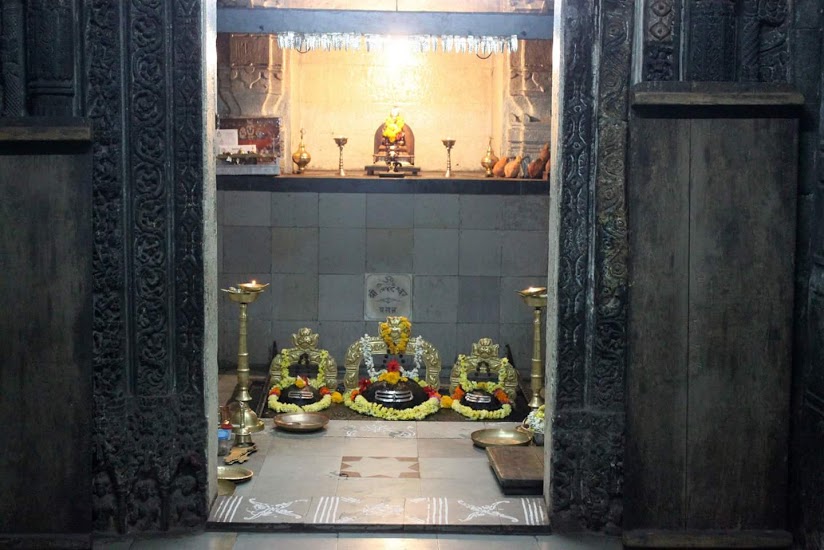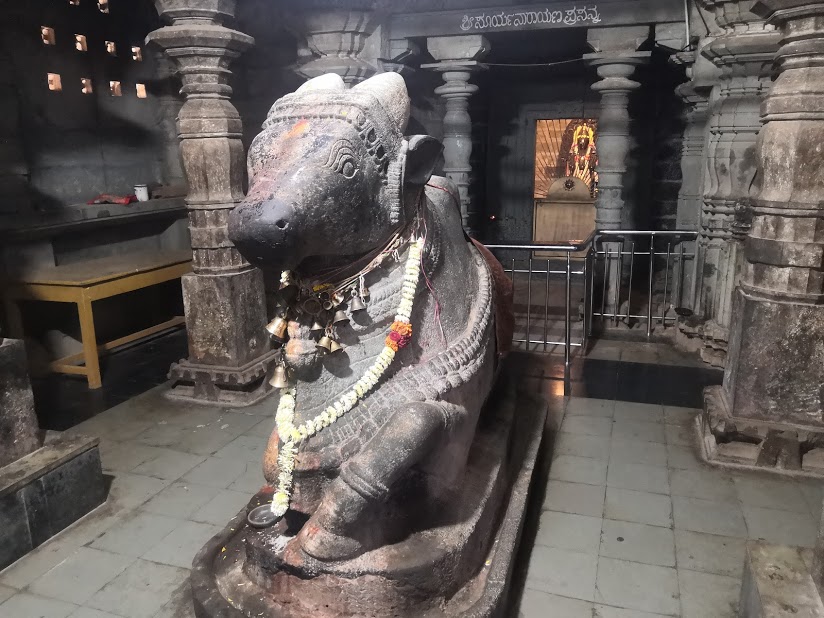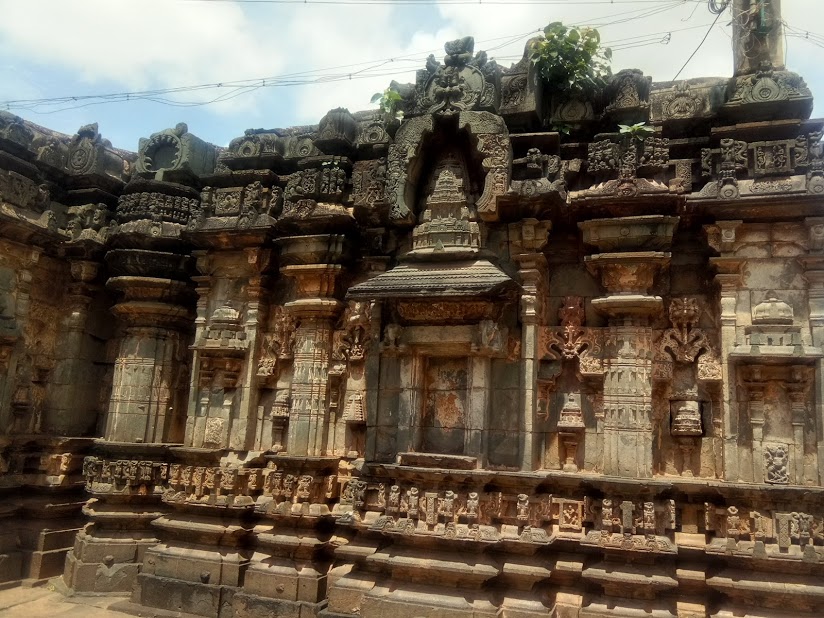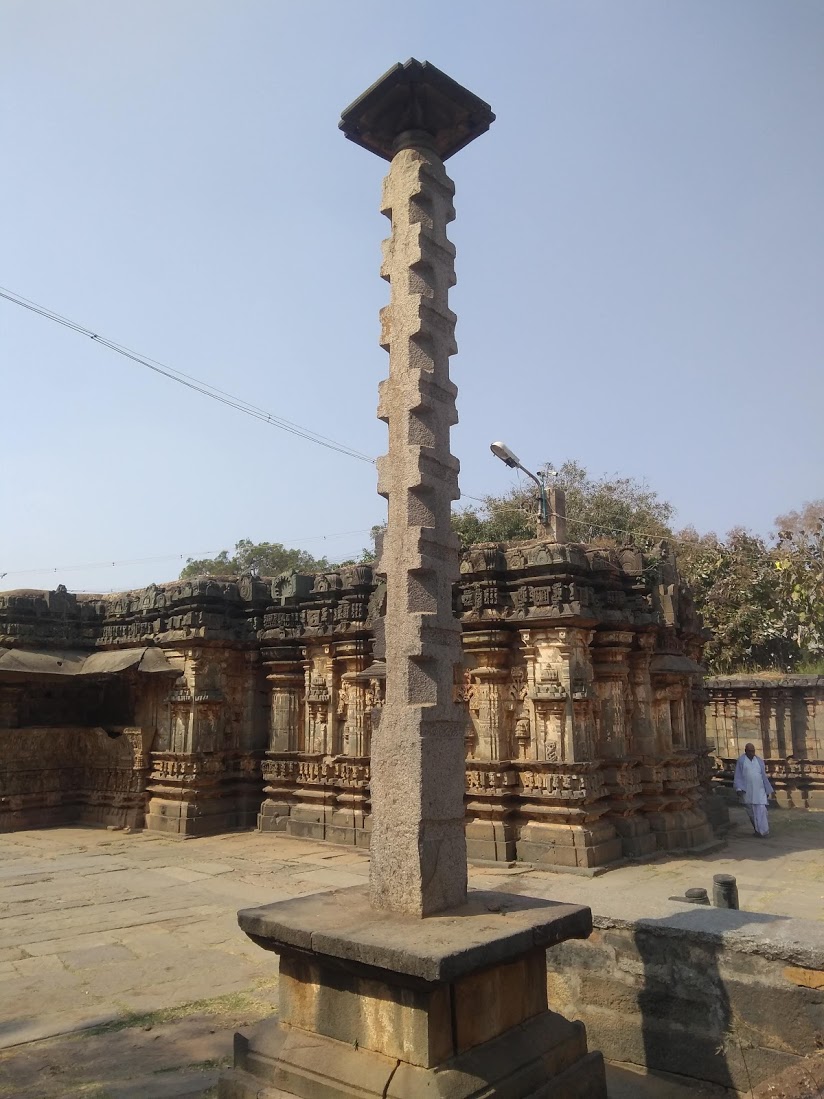
THE BATTLE of DEWAIR (Vijaydashmi 1582 AD)
One day he decided to take it all back.
Maharana Pratap's brilliant counter strike leading to M0ghul army's abject surrender.
A battle which was erased from public memory by left historians to keep Hindu pride in check.
(Thread)

One day he decided to take it all back.
Maharana Pratap's brilliant counter strike leading to M0ghul army's abject surrender.
A battle which was erased from public memory by left historians to keep Hindu pride in check.
(Thread)

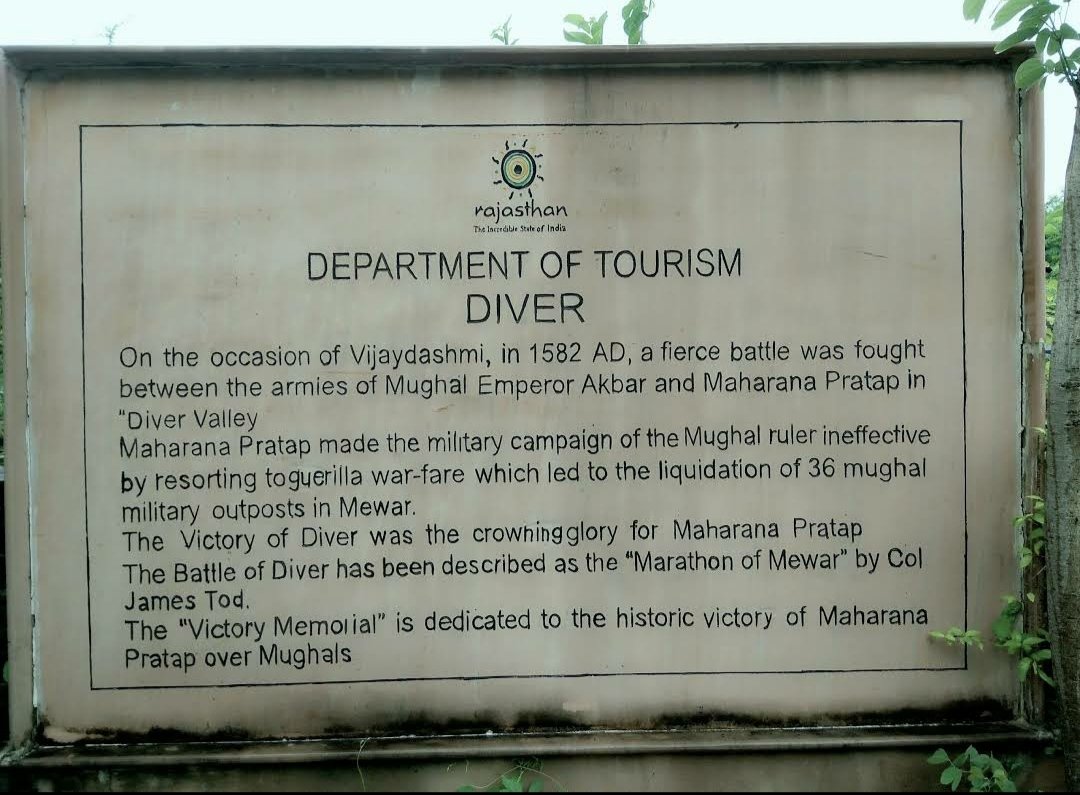
When we talk about the bravado of Maharana Pratap, the only battle which comes to our mind is battle of Haldighati (18 June 1576), fought between Rana's and Akbar’s armies led by Maan Singh of Amber.(1) 
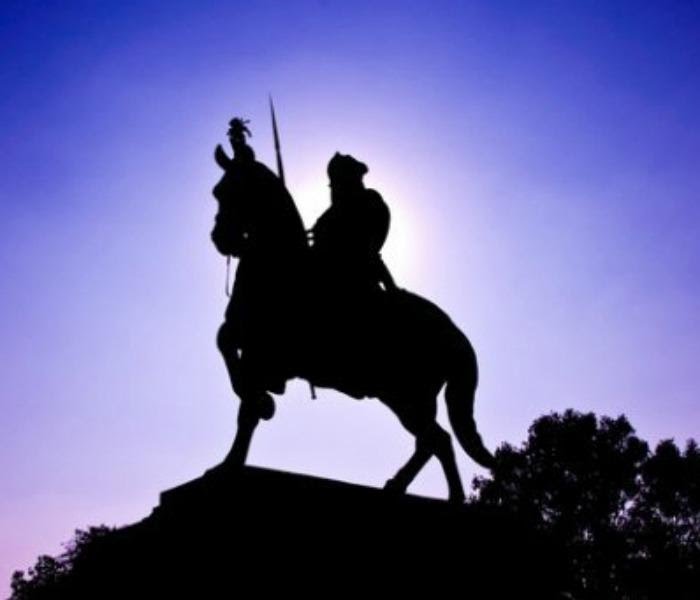
The Battle of Dewair (1582) is sort of shadowbanned from our mainstream history books and public discourses because of certain vested agendas.(2)
During the Battle of Haldighati, when the M0ghul forces outnumbered those of Maharana Pratap, he overhauled his strategy from open warfare to guerrilla tactics and retreated from the battlefield.(3) 

Rana was forced to seek shelter in the forests of Mewar. Akbar's army made some major gains post Haldighati but Maharana was far from beaten. Overall Haldighati was a debacle for Rana.(4)
After the battle of Haldighati, Rana was left with only around 7k soldiers. On the other hand, Akbar's forces captured Kumbhalgarh, Gogunda (temporary capital of Mewar after Chittorgarh fell to M0ghuls), Udaipur & Chappan.(5)
To capture Rana, Akbar sent many armies between 1577 to 1582. However, he failed every single time to capture him.(6)
Rana required funds to rebuild his army and challenge Akbar. His minister Bhamashah came forward by contributing the wealth he and his ancestors had accumulated since generations which along with other resources was sufficient for the maintenance of 25k men for 12 years.(7)
The financial help from Bhamashah, spoils from his guerilla raids on M0ghul territories of Mewar enabled Rana to raise a contingent of around 40k men. Maharana Pratap planned the strategy for battle in the jungles of Mankiyawas, located in Aravalli hills.(8)
Dewair was chosen because of its strategic significance of overlooking a ridge through which one could enter Mewar. Dewair valley with Aravalli hills acts as a natural fortress around Mewar.(9)
M0ghuls were aware of this and kept their strongest garrison there. Rana's strategy was to attack the main Dewair post with a surprise but intense thrust, capture it with minimal loss of time, throw the enemy ranks into chaos and force the M0ghuls to surrender.(10)
The other M0ghul garrisons were expected to fall in line once the main post fell. At that time M0ghuls had 36 garrisons inside Mewar. Speed of assault and preservation of time were 2 crucial elements of Rana's plan.(11)
Use STEALTH techniques to get as close as you can. Once sighted go all out. (12)
Speed was important to shock the enemy, catching him without much preparation thereby throwing him into confusion. Time factor was about not allowing him to regroup or launch a resistance.(13)
As a part of pre battle planning, Rana had spread this rumor of having left Mewar. This put invading armies at some ease. Maharana chose VIJAYDASHMI as the day of attack.(14)
He divided his army into 2 groups. One unit was led by Rana himself and the other by his son, Amar Singh. Maharana and his army struck the main M0ghul outpost at Dewair, situated 40 km northeast of Kumbhalgarh achieving an element of surprise in the process.(15)
Observing the biggest garrison routed by a swift and massive strike by Rana, the remaining ones were plunged into fear and chaos. This fear got aggravated when the defending army's 2 commanders, Bahlol and Sultan Kh@n were eliminated in a personal combat with Rana and Amar.(16)
The battle of Dewair was a collosal success. Many enemy ranks surrendered while others took to their heels. In one short, swift campaign, Rana recovered the whole of Mewar except Chittor, Ajmer, and Mandalgarh, which had been lost in his father’s time.(17)
"Haldighati is the battle of Thermopylae of Mewar. The battle of Dewair her battle of Marathon”. Says Colonel James Todd in his book" Annuls and Antiquities of Rajputana." Surprise and speed were effectively implemented.(18)
Thermopylae is the same battle which was depicted in the movie 300 between king Leonidas and xerxes. Just like Leonidas at Thermopylae, Maharana was heavily outnumbered in Haldighati hence he backed off. In Dewair he avenged his initial setback.(19)
Similarly the Greeks had defeated the Persians at the battle of Marathon. The battle of Dewair is not talked about in most history books because it reinforces Hindu self belief that had it not been for disunity and jaichands, we were more than a match against these invaders.(20)
End of day they were glorifying the M0ghuls, making Hindus feel inferior therefore such battles had to be removed from Hindu minds.(21) 
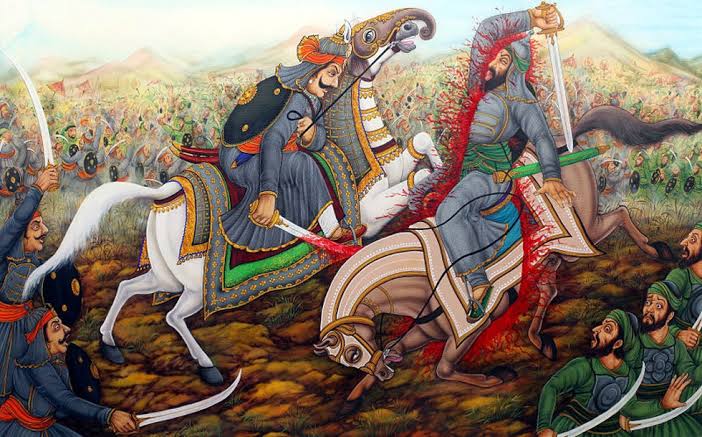
• • •
Missing some Tweet in this thread? You can try to
force a refresh

